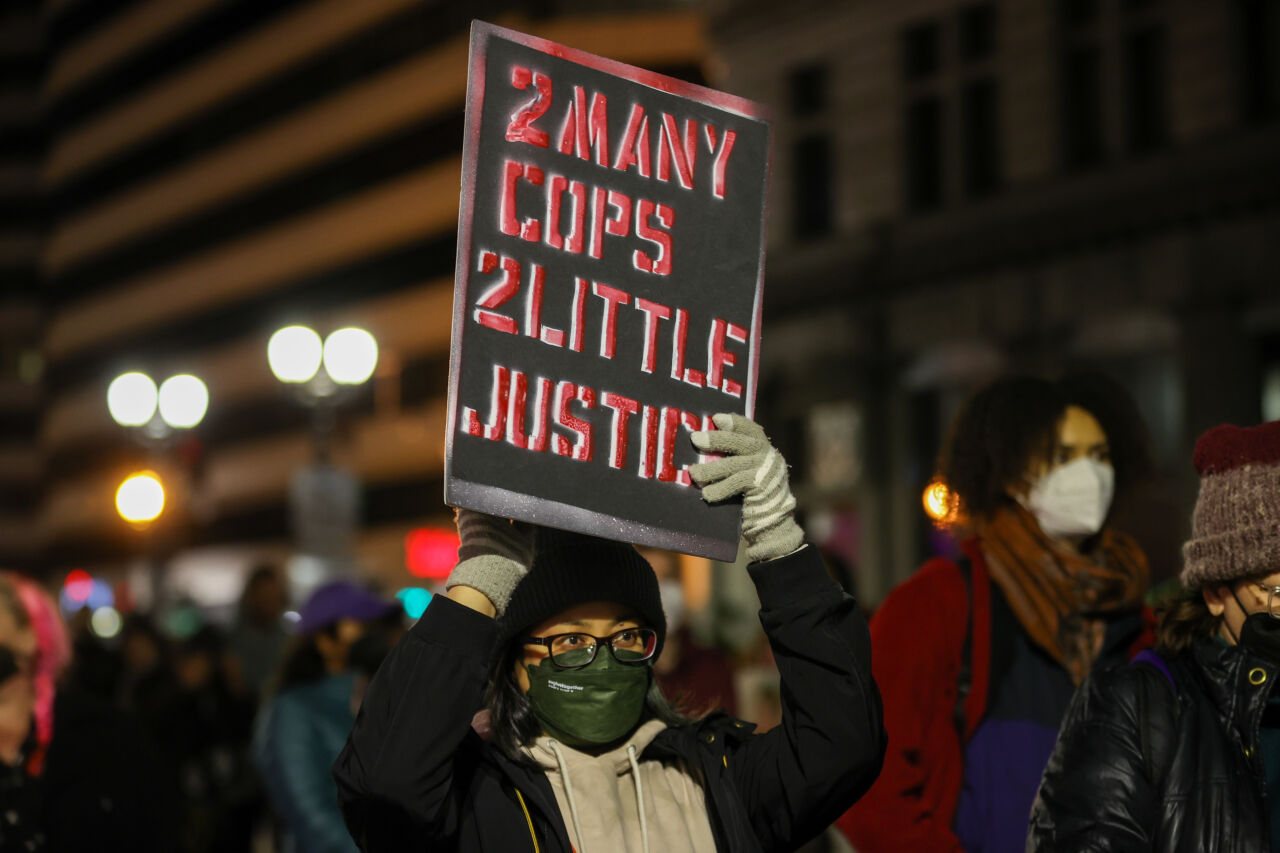Race and identity
The difficulty of quantifying diversity in the US

The United States is commonly thought of as a nation of immigrants, a term popularised by former president John F. Kennedy in 1958. The idea refers to the fact that, with the exception of indigenous peoples, almost all contemporary US-Americans either arrived as immigrants themselves or have ancestors who were immigrants, settlers or slaves. US-Americans become citizens through naturalisation or by being born in the country. “American” has never been considered an ethnicity.
The Federal Government attempts to account for this diversity in the census it conducts every ten years. Residents’ supposed race has always been recorded, though categories have shifted over time. The earliest census from 1790 only contained the categories “slaves”, “free white males and females” and “all other free persons”. The most recent census from 2020 allowed respondents to choose from five racial categories and also indicate whether they identified with more than one race. Nevertheless, these categories still fail to capture the variation within US-American society. They create confusion among citizens and government officials alike. Worse, continuing to classify people by race perpetuates an understanding of human diversity that has been used for centuries to justify oppression.
Who’s who in the United States?
According to the 2020 census, 61.6 % of US-Americans identify as White. Those identifying as Black or African American make up 12.4 % of the populace. Asians comprise six percent and American Indian or Alaska Natives 1.1 %. The last official race category in the US census, Native Hawaiian or Other Pacific Islander, constitutes 0.2 % of the population.
The US Federal Government considers Hispanic or Latino origin an ethnicity, not a race. In American English “race” means a group of people who share physical characteristics as well as a common history. Ethnicity refers to similarities in, for example, language and tradition that are acquired from a surrounding community. On a census or for other official purposes, Hispanics can choose any race.
However, many people in this community see their Hispanic background as a distinct race. For the US census, the terms “Hispanic” and “Latino” refer to anyone with origins in Spain or the Spanish-speaking countries of Central and South America. About 18.7 % of US residents identify as Hispanic or Latino.
Census respondents may also select multiple racial categories or identify as “some other race”. The number of people reporting multiple races (such as White and Black or African American) increased from nine million in 2010 to 33.8 million in 2020. The number who chose “some other race” also increased by almost nine percent during the same period. These results are likely due both to real demographic change as well as to changes in survey design and data processing.
Justifying European hegemony
The U.S. Census Bureau acknowledges that its questionnaire reflects “a social definition of race recognized in this country and not an attempt to define race biologically, anthropologically, or genetically”. The wealth of human variation cannot be reduced to the categories a society favours at any given moment in time. Indeed, the notion of race stems from centuries-old efforts to categorise humans in ways that also justified European hegemony. It has nothing to do with a modern understanding of the human genome.
Given that race is a social construct, the question of who belongs to what category is slippery. The US Federal Government currently considers White people to be those who are descended from “any of the original peoples of Europe, the Middle East, or North Africa”.
The situation of people of Middle Eastern or North African (MENA) descent illustrates many of the paradoxes surrounding race in the US. Until the mid-twentieth century, Whiteness was a condition for naturalisation. New arrivals, including people from the MENA region, sometimes went to court to prove that they were White. Nowadays, people from these regions are encouraged to identify as White on the census. Particularly since the 11 September attacks, however, many people of MENA descent have been subject to harassment and discrimination. Yet because they are officially considered White, there is little reliable data about them, making it hard for the Federal Government to ensure equity in housing, education, healthcare and many other areas.
Probably the most infamous US perspective on race is the so-called “one drop” rule. Black people were enslaved in the United States until 1865. After abolition, they suffered decades of persecution and discriminatory laws that restricted where they could live, go to school or even use the toilet. Racial segregation was made illegal in 1965, but anti-Black racism still persists. Thus, the question of who is Black and who is White has had a serious impact on everyday life for a very long time. For centuries, the legal and social definition of what it meant to be Black was whether an individual had any amount of African ancestry. In other words, a single drop of “Black blood” was all it took to be considered Black in the US. Despite its origins in slavery and segregationist laws, the idea still shapes the way Americans think about race. Barack Obama was considered the nation’s first Black president, despite the fact that his mother was White. Tiger Woods is considered a prominent Black golfer, despite the fact that he is also of Thai, Chinese and Dutch descent.
Obama’s father was from Kenya; the former president is not a descendant of enslaved people. About 21 % of the US’s Black population are either immigrants or the children of immigrants, primarily from Africa or Central and South America. On average, Black Americans with a recent immigrant background are older, better educated, earn more and are more likely to be married than US-born Blacks. Though all Black people in the US undoubtedly experience racism, the histories of recent immigrants and the descendants of slaves differ significantly.
There is no shortage of inconsistencies and shortcomings in any of the census categories. The Federal Government considers “Asian” anyone from the “Far East, Southeast Asia, or the Indian subcontinent”, an area that comprises over 20 countries that are enormously diverse as well. Furthermore, Brazilians are not considered Hispanic. Yet in 2020, at least 416,000 Brazilians identified as Hispanic on the American Community Survey, which the Census Bureau conducts annually.
Proposed changes
Nevertheless, ideas about who belongs to which group still have a huge impact. People who are considered Black in the US continue to be subject to grave discrimination. People who are considered White are not. Paradoxically, as long as this kind of discrimination and targeted racism are still rampant, it makes sense to hold on to certain categories. Because if the Federal Government wants to promote equality, it needs quotas – and for the quotas it needs data, which can only be collected if there are categories. The Federal Government currently collects data on race for a variety of reasons, many of which aim at promoting civil rights. They include:
- ensuring equal employment opportunities,
- assessing racial disparities in healthcare,
- planning and funding government programmes that benefit specific groups and
- monitoring compliance with anti-discrimination laws.
However, critics contend that the government could continue to gather data to fight racism without asking people to identify with artificial categories. For instance, the census could ask how a person is seen by the rest of society. Such a question would capture how factors such as skin colour – as opposed to one’s self-identified race or ethnicity – affect discrimination in areas like housing or hiring.
Proposed changes to the 2030 census include doing away with the distinction between race and ethnicity and adding “Hispanic or Latino” and “Middle Eastern or North African” as two of seven options. But much of the aforementioned confusion will likely be preserved.
Claire Davis is a freelance translator who has worked for D+C/E+Z since 2013. Currently she is also an instructor of German at Truman State University in Missouri, USA.
clairemdavis1983@gmail.com










